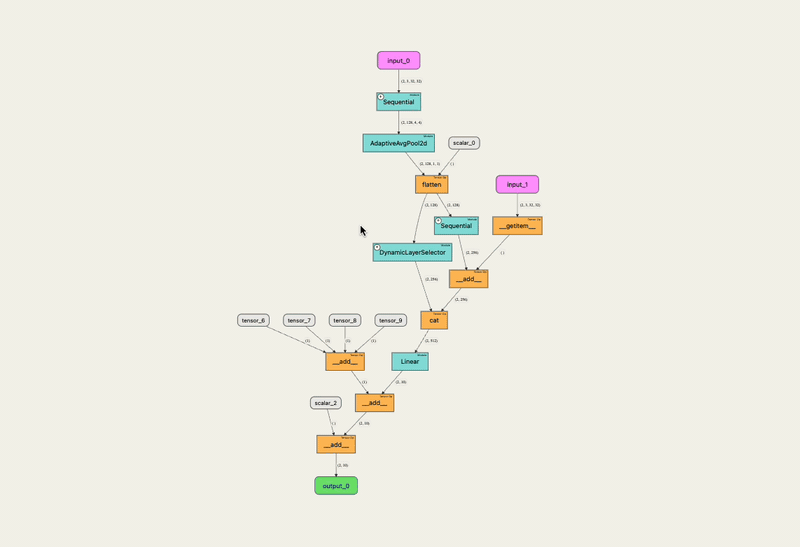The 404 error code is a common online challenge that many users encounter while browsing the web. It stands as a gatekeeper, informing visitors when the content they seek is unavailable, whether due to deletion, relocation, or simply a mistake in the URL. For website owners, understanding and addressing this error is vital, not just for user experience but also for maintaining search engine visibility. Let’s delve deeper into what causes the 404 error code and how it affects both users and website owners.
What is a 404 error code?
A 404 error code is an HTTP response code indicating that the server could not find the requested webpage. Users might see messages like “404 Page Not Found” or “The requested URL was not found.” This error signifies a disconnect between what the visitor wants to access and the content actually available on the server.
Causes of 404 errors
404 errors can stem from various issues, each leading to broken connections between users and content:
- Non-existing webpages: This occurs when users attempt to access pages that have never existed or have been permanently removed from the server.
- Moved content: If a webpage is relocated without a proper redirect, users may find themselves facing a 404 error.
- Broken or dead links: Clicking on links that direct to non-existent pages can trigger this error, disrupting the flow of website navigation.
User actions upon encountering a 404 error
When users come across a 404 error, there are several steps they can take to troubleshoot the issue:
- Check URL for typographical errors: Mistakes in spelling or incorrect file extensions can result in failed page requests.
- Refresh the webpage: A simple refresh may resolve temporary server issues leading to the error.
- Search the web: Users can use search engines to locate the page or find alternative content.
- Use a different device: Trying the URL on another device may help identify if the issue is browser-specific.
- Access the Wayback Machine: This tool can sometimes provide access to archived versions of the page.
- Contact the website: Reporting the broken link to the webmaster can lead to corrective actions.
Importance of fixing 404 errors
For website owners, addressing 404 errors is essential for several reasons:
- User experience deterioration: Encountering broken links can frustrate users, possibly damaging their perception of the site.
- Impact on SEO: High bounce rates due to 404 errors can adversely affect search engine rankings, making it tough for new visitors to discover the site.
Identifying and fixing 404 errors
Webmasters can adopt various strategies to locate and resolve 404 errors on their sites:
- Website analysis tools: Tools like Google Search Console and Screaming Frog SEO Spider are effective for identifying broken links.
- Implementing redirects: Maintenance of redirects for any changed URLs is pivotal in reducing the likelihood of 404 errors.
- Restoring deleted pages: If possible, restoring removed pages and ensuring appropriate redirects can help reclaim lost traffic.
- Custom content for the 404 error page: A user-friendly custom 404 page can guide users toward relevant content, improving navigability.
Customizing 404 error pages
Many effective websites incorporate customized 404 error pages to enhance user experience. These pages can include:
- Site maps or search functions: Providing these elements helps users find desired content, minimizing frustration.
- Branding elements: Custom graphics and branding reinforce the site’s identity while offering alternative navigation options.
- Examples of custom 404 pages: Creative approaches to 404 errors, like Amazon’s playful designs or Spotify’s humorous takes, serve as effective examples of user engagement.

